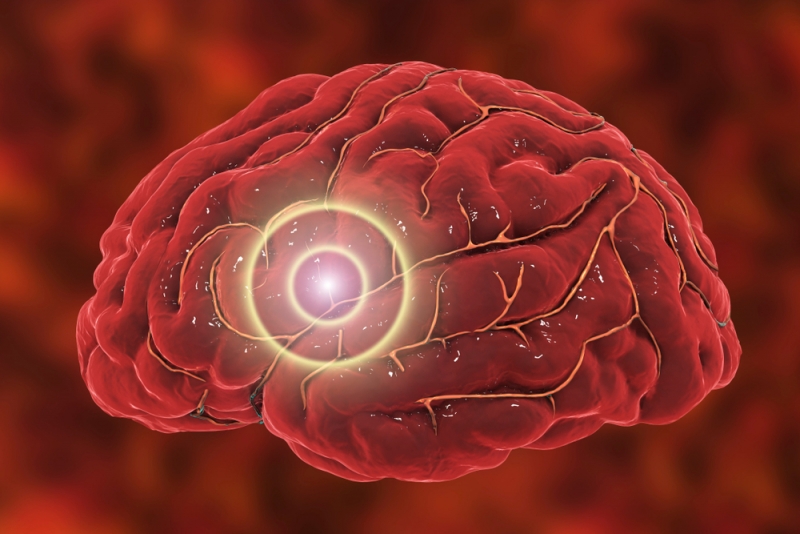Migraine is a neurovascular disorder that affects 6% of the male and 18% of the female population worldwide. Experts have put forward a number of hypotheses regarding the causes of migraine, including a mutation in the Mthfr gene, abnormal levels of vitamin D, the production of inflammatory agents around the nerves and the cerebrospinal fluid. Also, low serotonin levels, increased calcitonin gene-related peptide (CGRP), altered levels of metalloproteinase 9 (Mmp-9), homocysteine and nitric oxide (NO), mitochondrial dysfunction and reduced levels of metabolic enzymes. In addition, a high percentage of patients have deficiencies of CoQ10, riboflavin, magnesium and folic acid. These are the reasons for clinical research to evaluate the effectiveness of a nutraceutical in prevention, support or therapy. New approaches today include the use of nutritional compounds such as magnesium, CoQ10, Ala, L-carnitine and vitamins (B2, B3, B12 and D), all of which have minimal side effects.
One of the main scientific studies using nuclear magnetic resonance spectroscopy showed a decrease in magnesium levels in patients compared to healthy controls. In addition, several studies have shown that the serum magnesium level in migraine patients is lower than in healthy subjects.
The American academy of neurology (Aan) has confirmed the effectiveness of oral magnesium use in preventing migraine (level B evidence) and the suggested dose is 400 mg/day, which can be increased up to 1,200 mg if tolerated. Possible adverse effects are gastrointestinal, with abdominal pain, nausea and diarrhoea, but magnesium glycinate and other chelated forms are probably better tolerated.
Riboflavin, or vitamin B2, is involved in the electron transport chain and is required for the activity of flavoenzymes, and if one remembers that a decrease in mitochondrial phosphorylation potential has been observed in migraine patients, it is easy to see the rationale for supplementation.
Although the evidence from clinical studies is not strong, both the Aan (level B evidence) and the Canadian headache society recommend its use in adults with migraine, because it is well tolerated and side effects are limited and mild. The recommended dose of riboflavin in adult migraineurs is about 400 mg per day. Based on studies, riboflavin has not been shown to be useful in preventing migraine in children and is therefore not recommended.
The Aan also considers CoQ10, which is equally essential in the mitochondrial electron transport chain, to be useful in migraine prevention (grade C evidence) and the Canadian headache society guidelines strongly recommend CoQ10 as a migraine prevention agent and, although the effective dose of CoQ10 is unclear, 1-3 mg/kg per day is recommended.
Similar to riboflavin and CoQ10, alpha lipoic acid improves mitochondrial oxygen metabolism and Atp production. In a small double-blind study, supplementation with 600 mg Ala once a day for three months significantly reduced the frequency of migraine attacks. However, this improvement was not statistically significant when compared with the changes observed in the placebo group, so further research is needed to determine the effectiveness of Ala in preventing migraine.
Several studies have reported on the positive effects of vitamin D supplementation in headaches and migraine. A study conducted on two groups of women with migraine associated with menstruation and premenstrual syndrome first revealed inadequate levels of the vitamin and after two months of treatment with vitamin D and calcium (1,600-1,200 IU per day) saw a significant reduction in migraine attacks and premenstrual symptoms. Same results in another study of postmenopausal patients. In a study of eight patients with tension headache, vitamin D deficiency and osteomalacia, it was shown that daily intake of vitamin D and calcium supplementation (1,500 IU vitamin D3 and 1,000 mg calcium) improved symptoms for 4-6 weeks, while after one week of treatment, the serum calcium level became normal. However, the exact relationship between vitamin D deficiency and headaches is still unclear.
Several studies have mentioned an association between dysfunction of the vitamin B12 pathway and headaches: low serum levels of vitamin B12, folic acid and B6 correlate with high levels of homocysteinemia, and the baseline level of homocysteine, which is considered a reliable indicator of vitamin B12 deficiency, is higher among these patients, especially in migraineurs with aura. After compensating for deficiencies, migraine index values are significantly reduced compared to the baseline level.
Bibliography
The role of nutrients in the pathogenesis and treatment of migraine headaches: Review. Biomedicine & Pharmacotherapy. Volume 102 June 2018 Pages 317-325.
Nutraceutical and Other Modalities for the Treatment of Headache. Continuum (Minneap Minn). 2015 Aug;21(4 Headache):1018-31.

